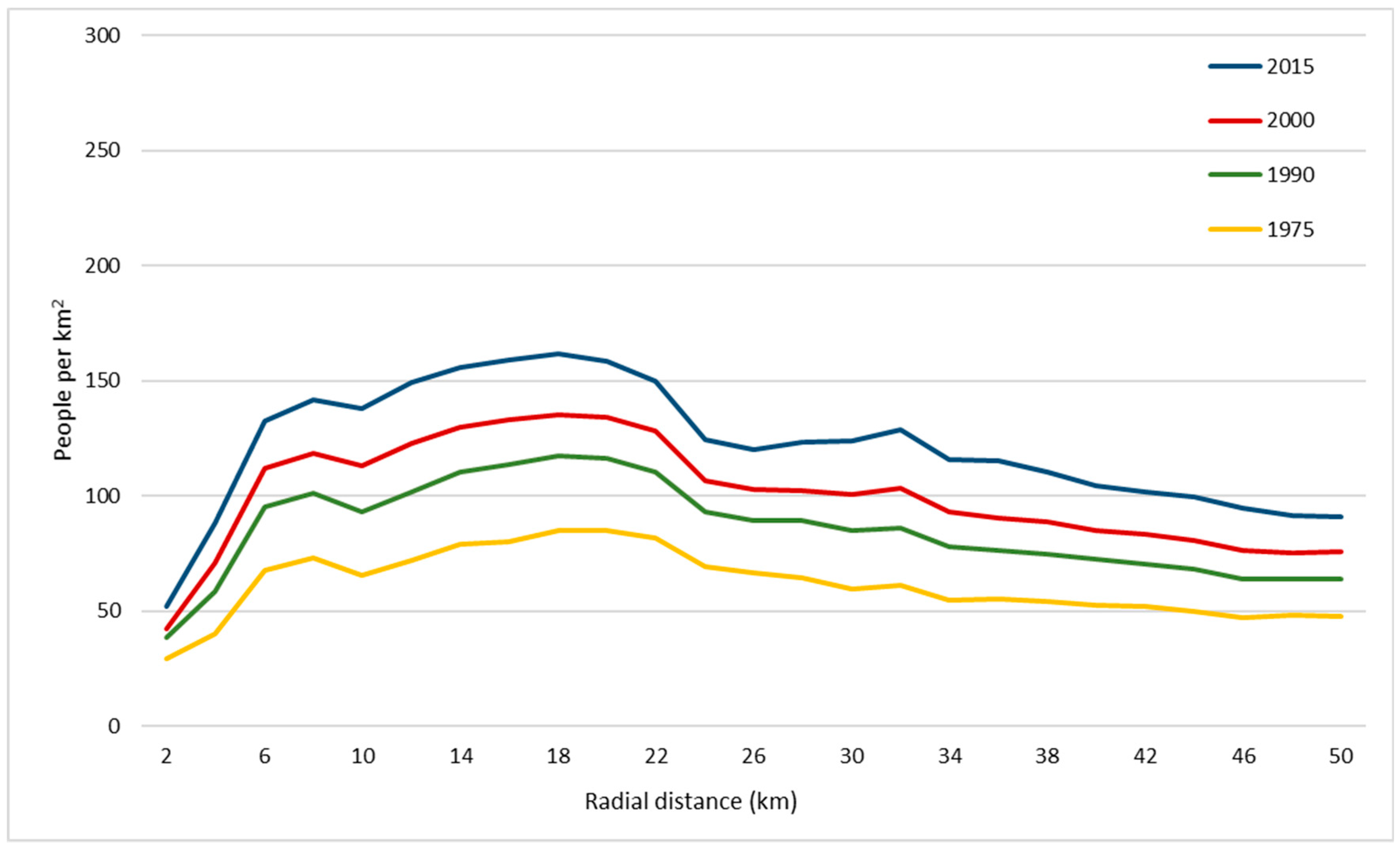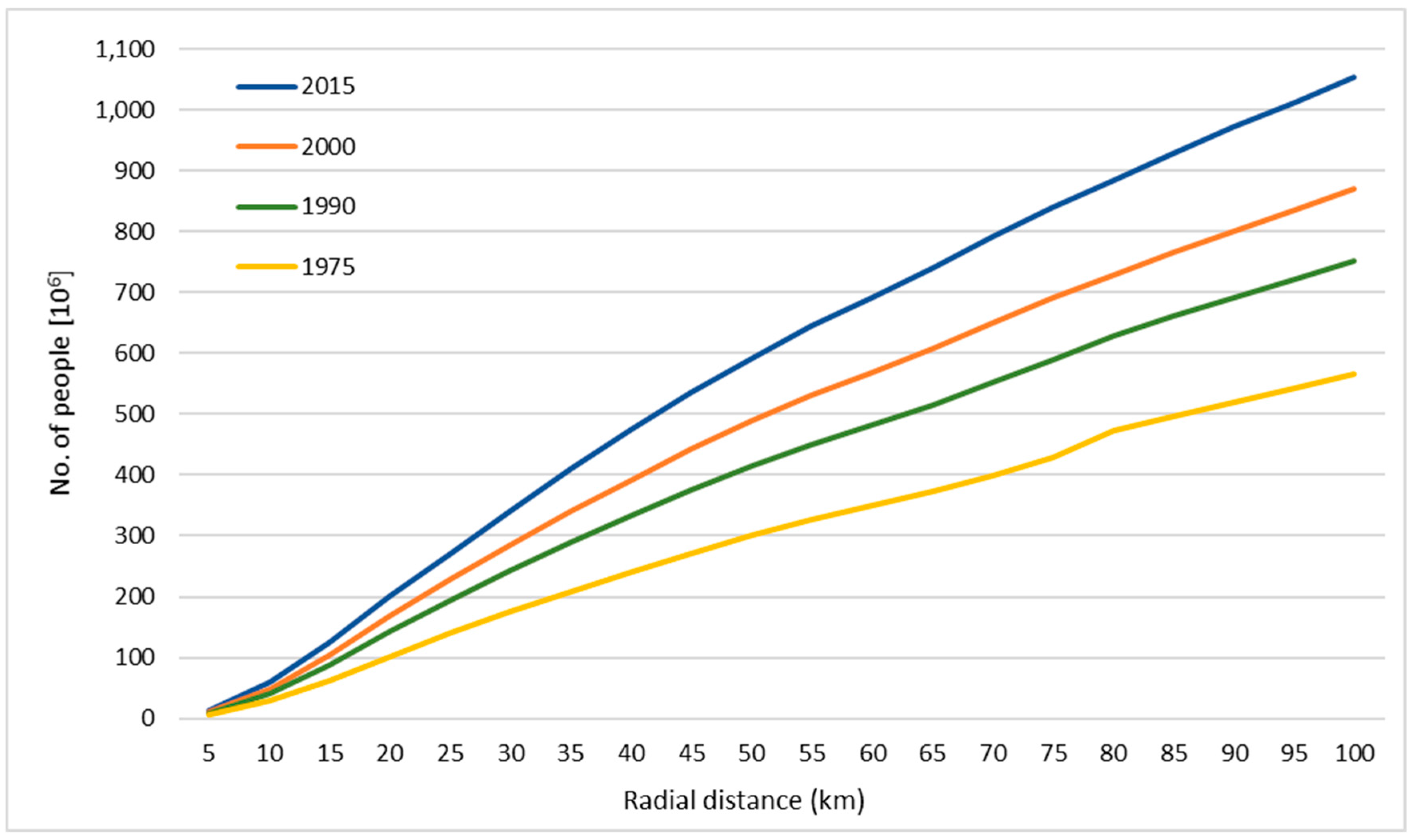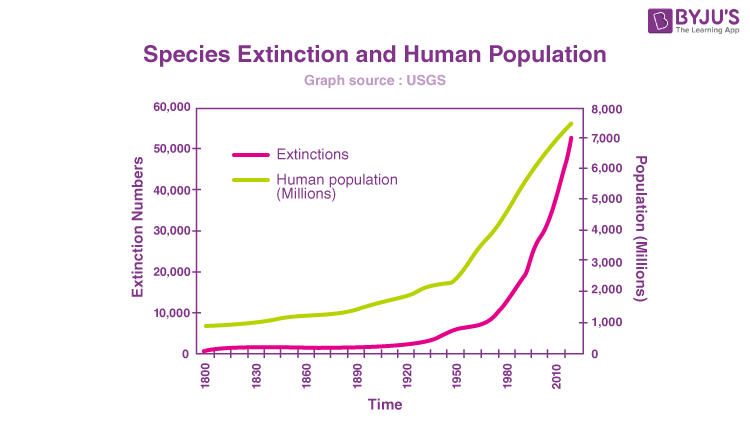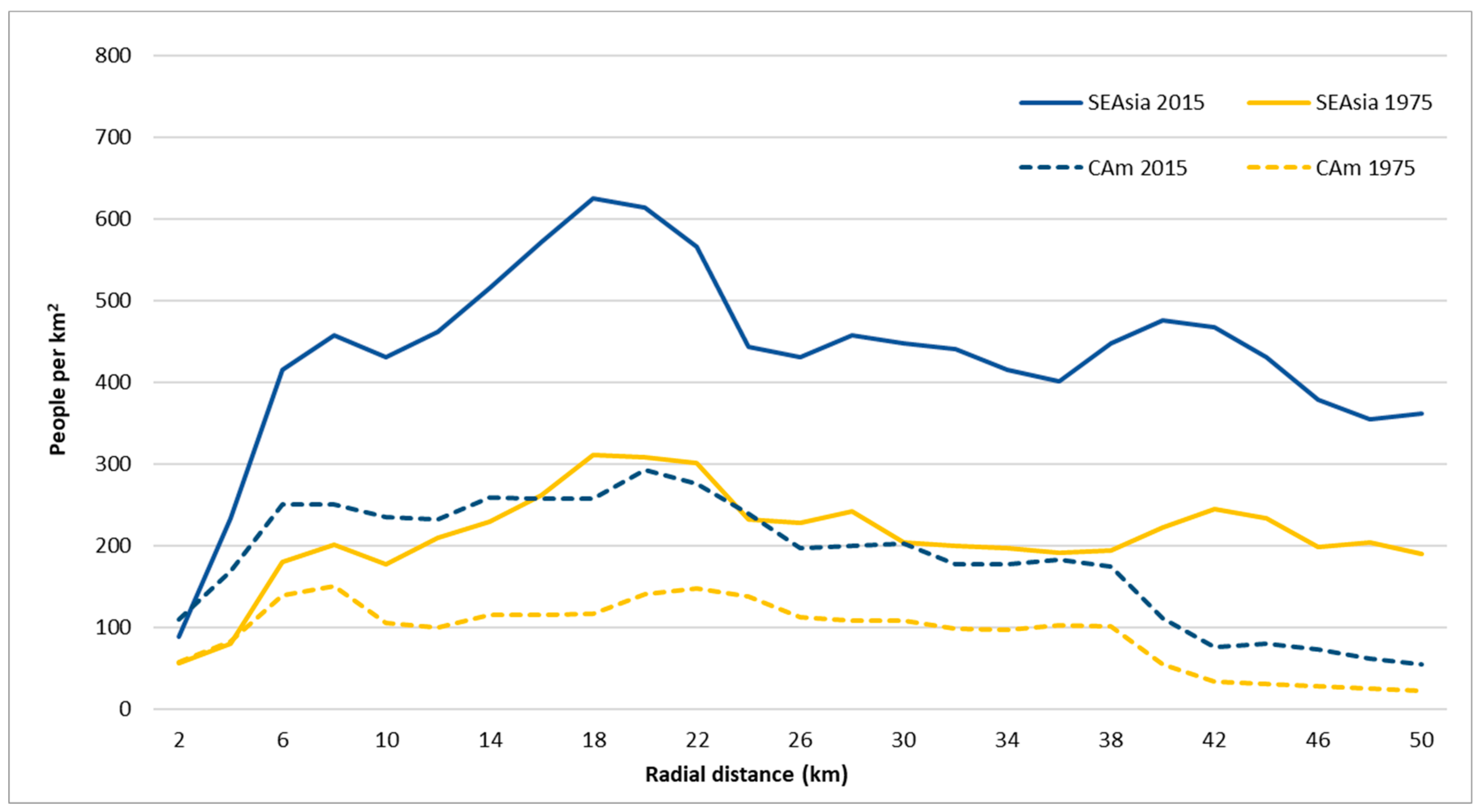Human Population Increase During the Holocene Was Likely Due to:
Human population growth during the Holocene particularly after 4000 yr BP has been inferred from archaeological rock-shelter records from different regions of mainland Australia Ross 1985 Lourandos 1997 Lourandos and David 2002. The population then declined after 106 ka but increased to a second peak at 915 ka which is only recorded in closed sites and may represent movement of people out of the basin into higher.

Vei 7 Eruptions During The Holocene And Global Population Recent Download Scientific Diagram
Humans impact has been so profound that scientists have proposed that the Holocene era be declared over and the current epoch beginning in about 1900 be called the Anthropocene.

. 102-8 kya we identified a recovery of relative population levels when growth rates were similar or slightly greater than those of the first. The same rate of growth measured for populations dwelling in a range of environments and practicing a variety of subsistence strategies suggests that the global climate andor endogenous biological factors not adaptability to local environment or subsistence practices regulated the long-term growth of the human population during most of the Holocene. Second deep human history warns us that when climate patterns did change significantly the result was societal collapse war epidemics and fundamental restructurings of the geography and.
This massive increase is primarily due to the combustion of fossil fuels such as coal oil and gas which are used to power automobiles electrical plants and other utilities. Human life on Earth and our place within that web of life changed dramatically during the Holocene a geological epoch that began about 12000 years ago. The human population entered the region at 130 ka and grew to reach the first population peak at 107 ka during a period of high water at LOW from 113 to 104 ka.
First for most of human history major crises and ruptures in human societies came as a result of climate change not because of too many people or human misuse of resources. During the second half of the Early Holocene c. Using N isotope compositions from Irish terrestrial mammals from the Late Pleistocene through to the Late Holocene we.
The Jurassic period was known for dinosaurs and the Holocene is the period during which human civilisation developed but the new. The data suggest that 004is a long-term equilibrium annual rate of growth for human populations worldwide during much of the Holocene. Between 6000 and 5600 cal.
Co-author Professor Will Steffen from The Australian National University ANU said the evidence suggested the Earth has moved from the Holocene epoch of the past 11700 years and into a new Anthropocene period. Our results showed many population growth events that were likely due to the Neolithic Revolution ie the shift from hunting and gathering to agriculture and settlement. Creased cloud cover during the mid-Holocene and warmer winters at high latitudes due to reduction of winter sea ice cover caused by more summer melting.
This growth rate corresponds to a doubling of the. Those concerned by this trend argue that it results in a level of resource consumption which exceeds the environments carrying capacity. Human populations grew and shrank with changes in climate and food resources flowing directly from the natural worldfrom the hundreds of plants and animals they depended on.
Yr BP the summer climate substantially increased by 2 C in parallel with a 33 fold increase in population levels Fig. Our results help to provide a clearer picture of human prehistoric demography confirming the significant impact of agriculture on population expansion and provide new hypotheses and directions for. As a center of rice domestication and early population growth the lower Yangtze River has been extensively transformed in the Holocene.
In summary the mid-Holocene roughly 6000 years ago was generally warmer than today during summer in the Northern Hemisphere. At the start of the Holocene the preindustrial era 280 parts per million ppm of CO2 existed in the atmosphere. Dingo invasion in the Holocene regime shift on the mainland climate change and human intensification ie human population growth and technological advances on the mainland provide two alternative or synergistic explanations Lourandos 1997 John-son and Wroe 2003 Brown 2006.
The age when the global environmental effects of increased human population and economic development dominate planetary physical chemical and biological conditions 2. As of 2012 this number has spiked to 395 ppm of CO2. This represents a population growth rate of 61.
In some locations this could be true for winter as well. Human population growth has increased in recent centuries due to medical advancements and improved agricultural productivity. Although caution is required in inferring actual population growth rates directly from rates of change in summed radiocarbon the latter values exceed 1 during this earliest phase are unlikely to be explained by increased fertility among farming groups alone and therefore must be due in part to migrant farmers from the European mainland a.
Population growth across several continents and over long stretches of time appears to be consistent with a small annual rate of 004. Furthermore it has been suggested that the Anthropocene era actually started in the Middle Holocene due to increased generation of CH 4 from ancient rice agriculture and animal husbandry in China although this view has been disputed. Evidently the large climatic and environmental change at 6000 cal.
Although tapho-nomic decay process biases complicate the interpre-. Population dynamics over the Maglemose and early Kongemose period are poorly understood but one can assume at least a gradual population increase as seen in other nearby areas during the Early. Yr BP that took place in northern Europe is concurrent with the start of a massive increase in population levels.
Human activity has transformed the Earths landscapes pervasively for thousands of years and the most important anthropogenic alteration was the clearing of forests and the establishment of agriculture. Following the relatively wet and stable climate of the Holocene. Although caution is required in inferring actual population growth rates directly from rates of change in summed radiocarbon the latter values exceed 1 during this earliest phase are unlikely to be explained by increased fertility among farming groups alone and therefore must be due in part to migrant farmers from the European mainland a conclusion.

Holocene Climate Variability Over The Period Of 11 000 Years Download Scientific Diagram

Holocene Speleothem D 18 O Time Series Indicating Precipitation Changes Download Scientific Diagram

Holocene Global Average Sea Surface Temperature Sst Reconstruction Download Scientific Diagram

Comparison Of Key Trends In The Holocene And Anthropocene Adapted From Download Scientific Diagram

A Continuous Climatic Impact On Holocene Human Population In The Rocky Mountains Pnas

Ijgi Free Full Text An Improved Global Analysis Of Population Distribution In Proximity To Active Volcanoes 1975 2015 Html

Ijgi Free Full Text An Improved Global Analysis Of Population Distribution In Proximity To Active Volcanoes 1975 2015 Html

Trends In Ancient Populations Osteobiography During The Holocene The Levantine Perspective

Trends In Ancient Populations Osteobiography During The Holocene The Levantine Perspective

A Continuous Climatic Impact On Holocene Human Population In The Rocky Mountains Pnas

Abrupt Holocene Climate Shifts In Coastal East Asia Including The 8 2 Ka 4 2 Ka And 2 8 Ka Bp Events And Societal Responses On The Korean Peninsula Abstract Europe Pmc

Trends In Ancient Populations Osteobiography During The Holocene The Levantine Perspective

Holocene Extinction Will Humans Be Able To Escape It

How Climate Change Affected Foraging Patterns Of Prehistoric Humans In Indonesia

A Comparison Between Pleistocene And Early Holocene To Present Day Download Scientific Diagram

Insolation Difference W M 2 Between Mid Holocene And Present Day 6 Ka Download Scientific Diagram

Ijgi Free Full Text An Improved Global Analysis Of Population Distribution In Proximity To Active Volcanoes 1975 2015 Html

Holocene Speleothem D 18 O Time Series Indicating Precipitation Changes Download Scientific Diagram
Comments
Post a Comment